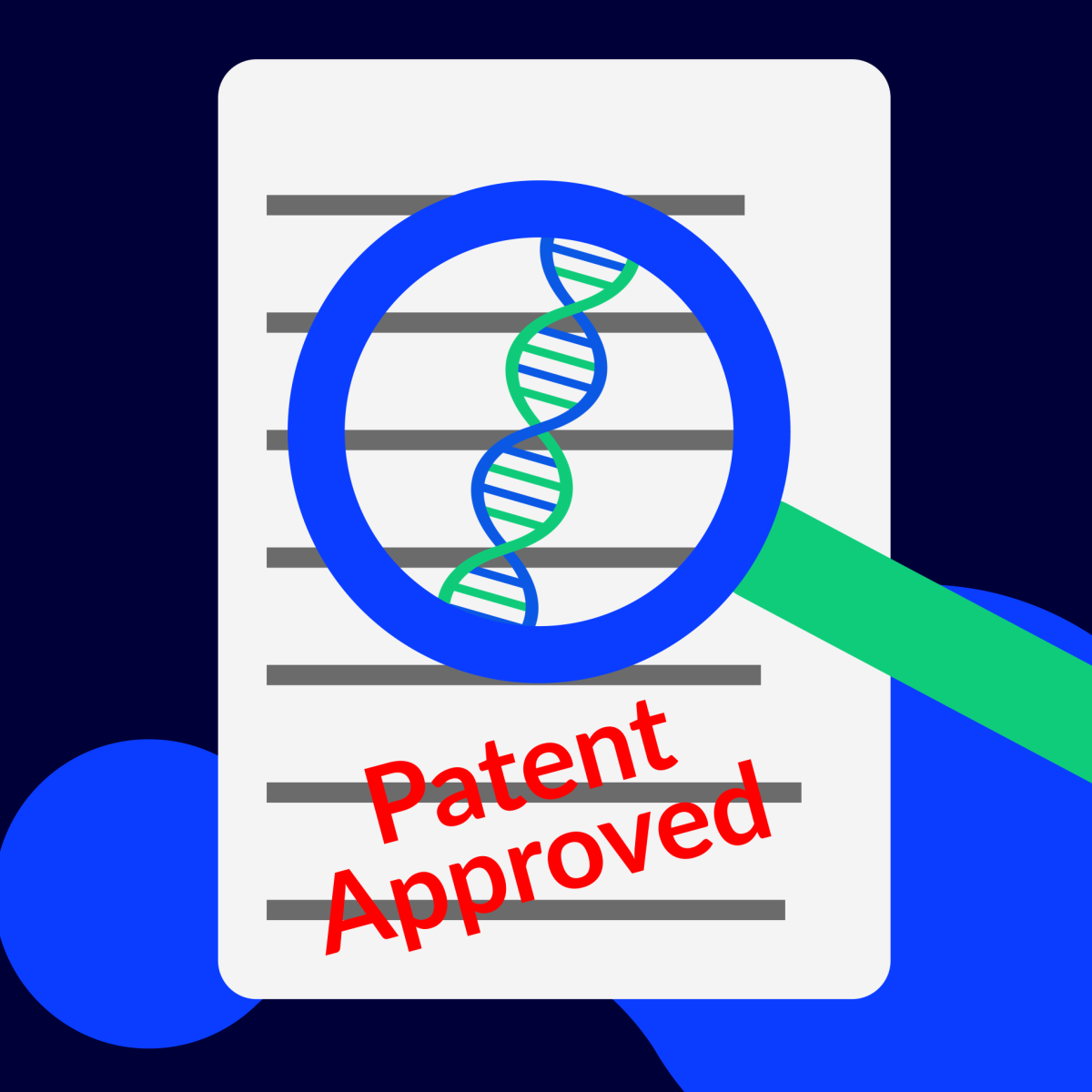
In the labyrinthine world of patent claims, buried amidst the intricate legal jargon and complex technical descriptions, lies the key to innovation and protection – your target sequence. Navigating this maze is an essential skill for inventors, researchers, and innovators. In this exploration, we'll unravel the art of swiftly and accurately identifying your target sequence in dense patent claims, illuminating a path through the intellectual property wilderness.
The Patent Landscape
Before we dive into the heart of the matter, it's vital to grasp the sprawling landscape of patents. Patents are legal documents designed to protect inventions, including biological sequences, chemical compounds, and technological processes. They are densely packed with technical language, encompassing detailed descriptions of the invention and its claims.
The Importance of the Target Sequence
Your "target sequence" is the specific part of the patent claim that is relevant to your research, product development, or innovation. It could be a genetic sequence in biotechnology, a chemical formula, or a specific method in engineering. Identifying this target sequence is like finding a needle in a haystack – once located, it unlocks a world of possibilities.
The Search Begins
The journey to discern your target sequence often starts with a keyword search. Begin with a comprehensive list of keywords related to your area of interest. These keywords will serve as your guide as you venture into the dense thicket of patent claims.
Leverage Online Tools
In this digital age, a multitude of online patent databases and search engines have emerged as indispensable allies for patent exploration. Platforms like Google Patents, the United States Patent and Trademark Office (USPTO), and the European Patent Office (EPO) offer user-friendly interfaces to search and filter patents.
These tools usually allow you to search by patent number, inventors, and keywords. By using a combination of these filters, you can efficiently narrow your search and focus on patents most relevant to your needs.
Dive into the Patent Text
When you've found a patent that appears promising, it's time to dive into the text. Patents are divided into sections, with the claims section being the most critical. Here, the inventors lay out precisely what they claim as their invention.
The Art of Scanning
Scanning the patent claims section is an art in itself. Patent claims often contain multiple sentences and technical terminology, which can be daunting. Instead of attempting to read every word meticulously, employ the art of "scanning."
Start with the Independent Claims: These are the broadest claims and are often the most pertinent. They serve as the foundation for the more specific dependent claims.
Pay Attention to Key Phrases: Look for phrases that align with your target sequence. In biotechnology, for example, this might involve sequences of DNA, RNA, or amino acids. In other fields, it could be chemical formulae or engineering processes.
Consult the Drawings: Patents often include diagrams that can provide visual clues about the invention. These can help direct your focus to the relevant portions of the claims.
Embrace Dependent Claims
While the independent claims are your primary focus, don't dismiss the dependent claims. These claims refine and specify the invention further. They might contain additional information about your target sequence or its context.
Seek Professional Assistance
In cases of particularly complex patents, or when your innovation is highly dependent on precise interpretation, it can be immensely beneficial to consult a patent attorney or specialist. Their expertise in navigating patent claims can streamline your efforts and provide valuable insights.
Stay Updated
The patent landscape is dynamic, with new patents issued regularly. To stay ahead in your field, set up alerts or subscriptions through patent databases. These services will notify you when patents related to your keywords or area of interest are published or updated.
Draw from Existing Knowledge
If you're working within a specialized field, tap into the collective wisdom of your peers. Scientific and technical communities often share insights and discussions on patents, offering interpretations and guidance for challenging claims.
The Eureka Moment
After meticulous searching and scanning, there comes a moment of clarity – the Eureka moment. You've found your target sequence! It's the passage in the patent claim that aligns perfectly with your innovation, be it a genetic sequence, a chemical formula, or a technical process. It's the key that unlocks doors to research, development, and innovation.
Conclusion
The art of rapidly identifying your target sequence in dense patent claims is both a science and a skill. It requires patience, precision, and a keen eye for detail. As the world of intellectual property continues to expand, mastering this art is an invaluable asset for inventors, researchers, and innovators. It opens doors to innovation, providing the foundations for new discoveries and technological advancements. So, embark on your journey through the patent labyrinth, and unveil the secrets concealed within these complex documents. The future of innovation awaits those who can decipher the patent code.
Hot Patented Technology
Human antibodies derived from immunized xenomice
Gestures for touch sensitive input devicesSemiconductor device, manufacturing method, and electronic device
